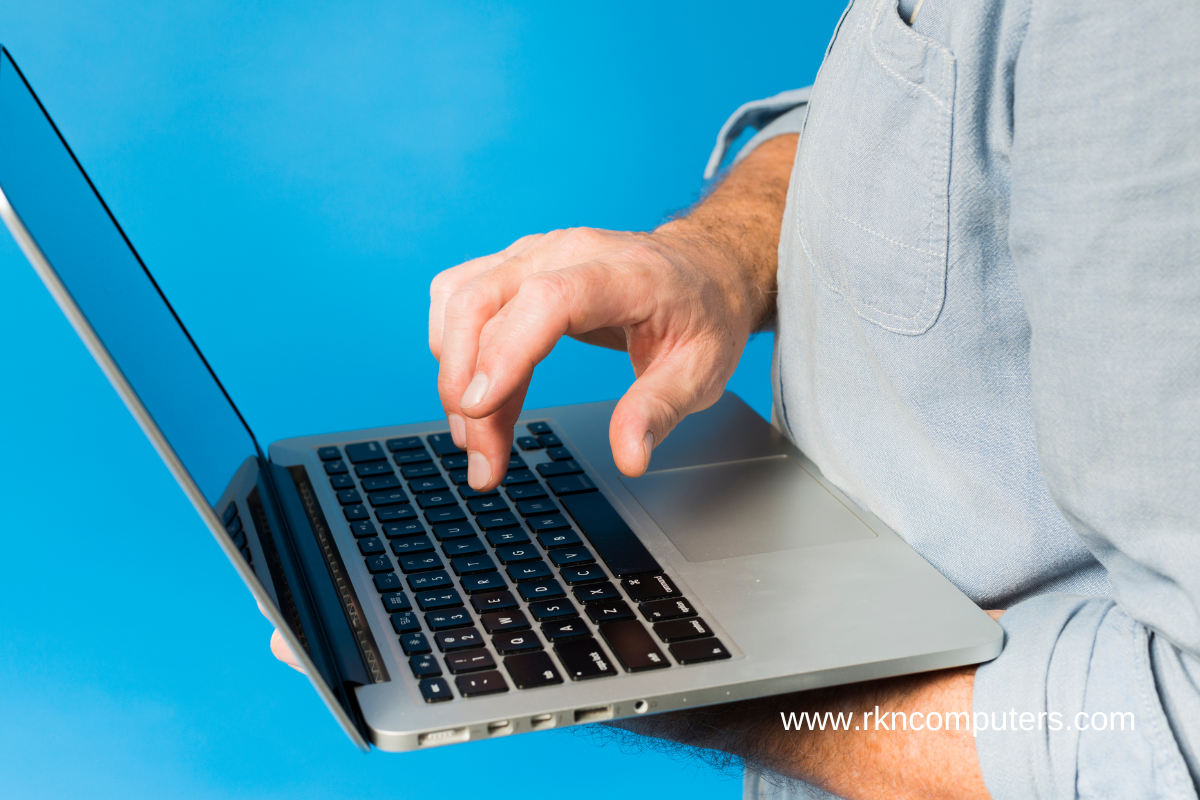
How to Fix a Laptop Trackpad That’s Jumpy or Not Working Properly
A laptop trackpad (touchpad) is an important part of your device. It allows you to move the cursor, click, and scroll without using a mouse. However, sometimes the trackpad may not work properly. It may jump around, respond slowly, or stop working completely. If you’re facing these issues, don’t worry! This guide will help you fix a jumpy or inaccurate laptop trackpad with easy steps.
1. Check for Dirt and Moisture
Dirt, dust, or moisture on your trackpad can cause it to behave strangely. If your fingers are wet or dirty, the trackpad may not respond correctly.
How to Fix:
- Wipe the trackpad with a soft, dry cloth.
- If needed, use a slightly damp cloth to remove sticky residues.
- Make sure your hands are clean and dry before using the trackpad.
2. Restart Your Laptop
Sometimes, a simple restart can fix many small issues, including trackpad problems.
How to Fix:
- Save your work and close all open applications.
- Restart your laptop and check if the trackpad is working properly.
3. Check Trackpad Settings
Your trackpad settings may have been changed accidentally, causing issues.
How to Fix:
For Windows:
- Go to Settings > Devices > Touchpad.
- Adjust sensitivity and other settings.
- Enable the touchpad if it was turned off.
For Mac:
- Go to System Preferences > Trackpad.
- Adjust tracking speed, tap-to-click, and other settings.
4. Update or Reinstall the Trackpad Driver
A faulty or outdated driver can cause trackpad problems.
How to Fix:
For Windows:
- Open Device Manager (Press Windows + X, then select Device Manager).
- Find Mice and other pointing devices, then right-click on your trackpad.
- Click Update driver and follow the steps.
- If updating doesn’t work, click Uninstall device, restart your laptop, and let Windows reinstall it.
For Mac:
- Make sure your macOS is updated. Go to System Preferences > Software Update and install any available updates.
5. Disable External Mice
Some laptops disable the trackpad when an external mouse is connected.
How to Fix:
For Windows:
- Go to Settings > Devices > Touchpad.
- Look for an option like “Disable touchpad when a mouse is connected” and turn it off.
For Mac:
- Go to System Preferences > Accessibility > Pointer Control.
- Uncheck “Ignore built-in trackpad when a mouse is present.”
6. Run a Hardware Troubleshooter
If your trackpad is still not working, running a troubleshooter may help.
How to Fix:
For Windows:
- Go to Settings > Update & Security > Troubleshoot.
- Click Additional Troubleshooters, then Hardware and Devices.
- Follow the instructions to fix any detected issues.
For Mac:
- Restart your Mac and reset the NVRAM by pressing Option + Command + P + R during startup.
7. Check for Physical Damage
If your trackpad is physically damaged, software fixes may not work.
How to Fix:
- Look for cracks or signs of damage.
- If the trackpad is loose, gently press it down.
- If it’s still not working, take your laptop to a professional for repairs.
8. Reset Your Laptop’s Settings
If none of the above steps work, resetting your laptop’s settings may help.
How to Fix:
For Windows:
- Go to Settings > Update & Security > Recovery.
- Click Reset this PC and choose “Keep my files.”
For Mac:
- Restart your Mac and enter Safe Mode by holding Shift while it boots.
- If the trackpad works in Safe Mode, a third-party app may be causing the issue.
Final Thoughts
A jumpy or inaccurate laptop trackpad can be frustrating, but these simple solutions can often fix the problem. Start with basic fixes like cleaning the trackpad, restarting your laptop, and checking settings. If the issue continues, updating drivers or resetting settings may help. If your trackpad is physically damaged, professional repair may be necessary. Hopefully, one of these steps will get your trackpad working smoothly agai







Add comment